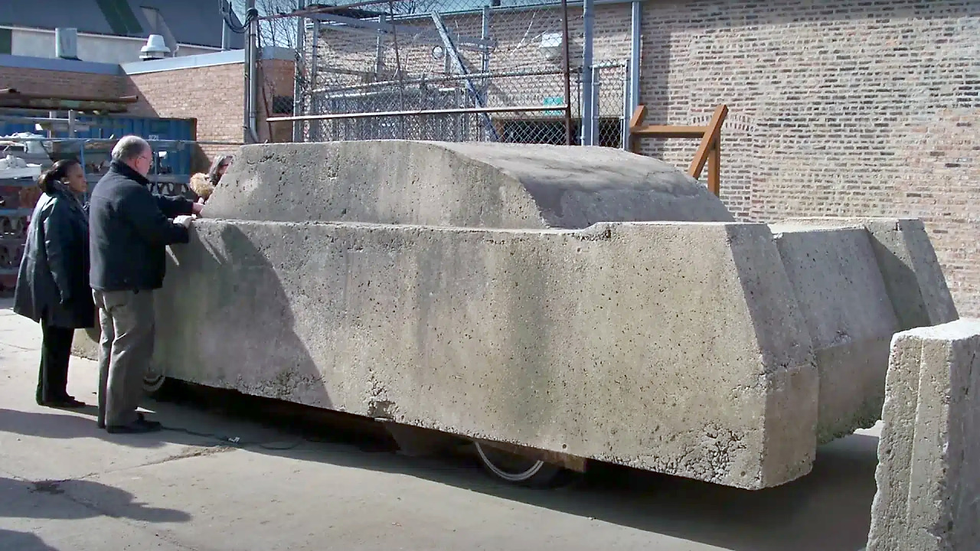1973 Chevrolet XP-895 Reynolds Concept
- Story Cars

- Feb 7, 2022
- 1 min read
The first all-aluminum bodied car, a Chevrolet Corvette study vehicle, is being shown for the first time by the builder, Reynolds Metals Company, at the annual meeting of the Society of Automotive Engineers here (Feb. 25-Mar 1). The experimental car proved that an aluminum body is about 40 percent lighter than steel while providing the same strength and saving about 400 pounds in the body alone.
The XP-895 was designed by Charles M. Jordan and William L. Mitchell's staff. Two of the two rotor Wankels were glommed together into a four-rotor 420 bhp engine, and this was installed in the first XP-895 by Gib Hufstader. Mitchell's staff under Henry Haga, at Duntov's urging, designed an all-new body for the "Four-Rotor Car." It's based on the XP-882 chassis. In 1971, Chevrolet Engineering completed a running XP-895 prototype with a body of mostly steel.
In March of 1972, Reynolds Metals Company, under contract to Chevrolet, began building a second body for an XP-895 Corvette prototype, duplicating the first steel body in aluminum. In June of that year, the aluminum car was completed and is fitted with a 454 V-8. Chevrolet unveiled the experimental mid-engine XP-895 Corvette at the New York Auto Show in 1973.
Chevrolet general manager John DeLorean explores putting the aluminum-bodied mid-engined XP-895 into production in the US or Europe but finds it too costly and abandons it.
Source: GM; Mario van Ginneken - www.corvettes.nl
Images: GM; Reynolds Metals Company
















































Comments